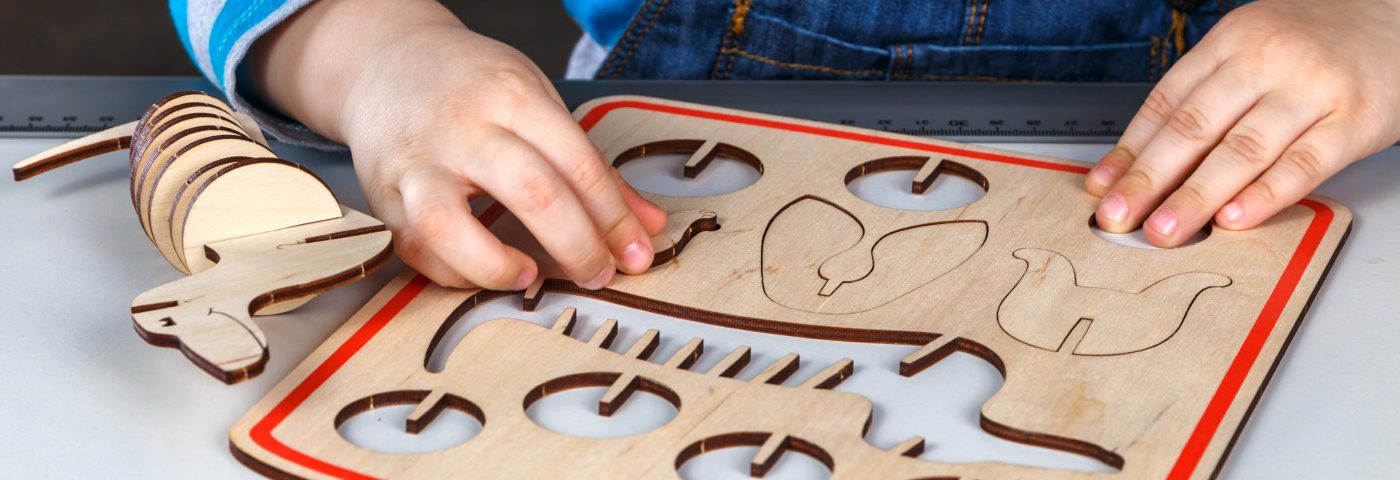Children with unilateral cerebral palsy (CP) show less effective use of the affected upper limb from age 9 and up despite improvements in grip strength and hand function, according to a five-year study.
The research, “Time Course of Upper Limb Function in Children with Unilateral Cerebral Palsy: A Five-Year Follow-Up Study,” was published in the journal Neural Plasticity.
Early occurrence of a brain lesion in children with unilateral cerebral palsy — affecting only one side of the brain — is associated with impairments in the contralateral (on the other side of the body) upper limb, which impairs upper limb function and restrains hand coordination.
Available data on the long-term evolution of upper limb function in these children have shown contradictory results regarding bimanual (both hands) performance. Also, information on the evolution of motor impairments as well as unimanual (one hand) capacity over time is scarce.
Finding predictors of development of upper limb function in children with unilateral CP is key to improve prognosis and treatment planning. Although only limited data is available, previous studies have indicated that the initial manual ability determines the age at which hand use development reaches a plateau, and that acquired brain lesions are associated with more severe impairments compared to congenital (present from birth) lesions.
Aiming to better understand the evolution of upper limb function as well as its predictors, researchers from the University of Leuven, in Belgium, evaluated 81 children (43 boys) up to 15 years old (mean age 9 years, 11 months) with unilateral CP over five years, who were recruited between June 2007 and January 2008. Sixty-nine children had congenital and 12 had acquired brain lesions, defined as those occurring between 28 days postnatally and three years.
Assessments of body function and activity level were conducted at the beginning of the study (baseline), six months, one year, and at the end of follow-up (five years). All children received regular physical therapy throughout the study, ranging from one to five sessions weekly, with a median duration of 90 minutes per session. Upper limb treatment was conducted over 35% of each session’s duration. Twenty-one children also received occupational therapy with a median duration of 45 minutes weekly. Ten children received botulinum toxin-A injections, a frequent treatment for increased muscle tone in children with CP.
Specifically, the researchers analyzed patients’ upper limb passive range of motion (PROM, the amount of movement present at each joint), muscle tone (muscle groups of the shoulder, elbow, wrist, and fingers), muscle strength — shoulder, elbow, forearm, and wrist — and grip strength.
Activity measurements included the Melbourne Assessment of the affected hand’s capacity and the Jebsen-Taylor hand function test. Also, the Assisting Hand Assessment (AHA, a hand function evaluation that measures how children use their affected hand together with their non-affected one) and the ABILHAND-Kids questionnaire of 21 activities for parents were used to determine bimanual performance.
Results at five years revealed that both PROM (particularly wrist extension) and AHA scores significantly worsened. In contrast, results of both hands’ grip strength, capacity and function, and of the ABILHAND-Kids questionnaire all improved. Changes in all these measures were similar when comparing baseline or one-year data to five-year results. No time effects were found for muscle tone or muscle strength.
The data further revealed that age had a significant influence on evolution of PROM: children between 8 and 11 years old at baseline acquired more movement limitations between one- and five-year follow-up. Age also significantly influenced the evolution of AHA scores, with younger children being stable over time but children 9 and up showing a decline in bimanual task performance (decreased AHA scores).
“The novel finding of decline in bimanual function in our study has important clinical implications,” scientists said. They suggest that intensive training focusing on bimanual performance could be more effective from age 9 and up than the common constraint-induced movement therapy.
Gender also influenced the evolution of grip strength, which improved significantly more in boys than in girls. Grip strength and hand function also improved significantly more in children with congenital lesions than those with acquired lesions.
Children who received botulinum toxin injections throughout the study showed significantly more increase in muscle tone, less increase in grip strength at the affected side, and more marked deterioration in AHA scores compared to those who did not receive the treatment.
“[A]lthough different capacity measures improve over time, the spontaneous use of the affected upper limb in bimanual tasks decreases and becomes less effective from the age of 9 years onward,” researchers said. “These novel insights … can provide guidance in delineating treatment priorities.”

